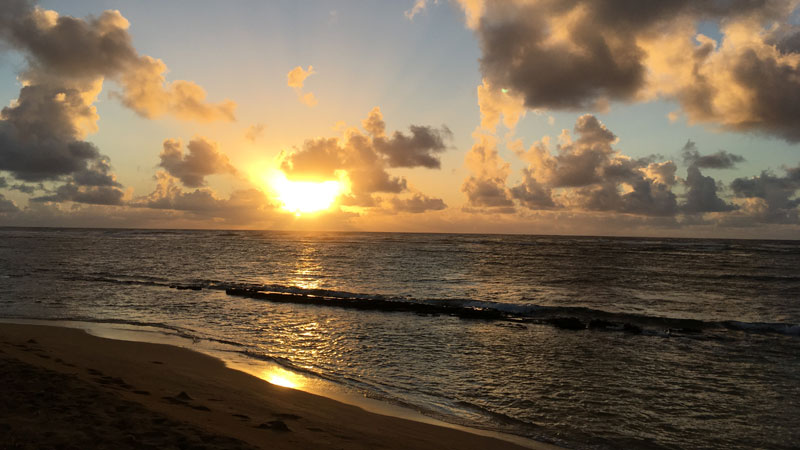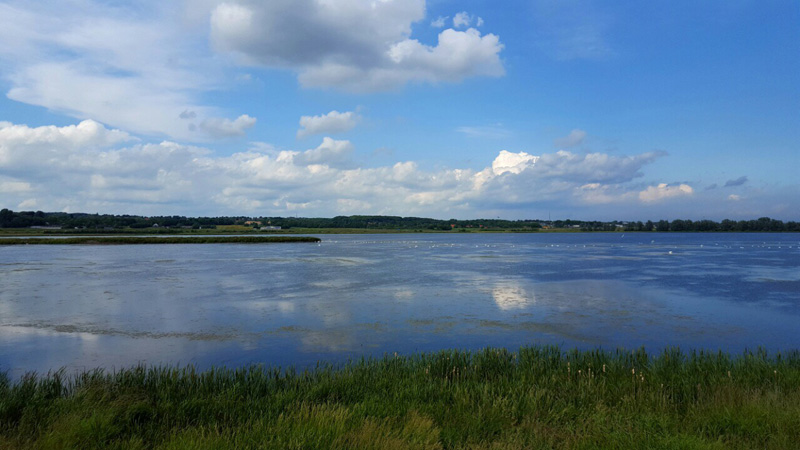In a bold, first instance in the United States, the Yurok Tribe of Northern California in 2019 passed a tribal ordinance declaring the Klamath River to possess the “rights of personhood,” a legal designation protecting it from manmade harms. Citing their sovereign and inherent rights as a federally recognized tribal nation, and their Constitution, over which all tribes have internal jurisdiction, “this resolution serves as written notice to the United States of America, the State of California, and others … that it has become necessary to provide a legal basis to protect the Klamath River … for the continuation of the Yurok people … for future generations.” As the River and its ecosystems are “vital to the cultural, legal, subsistence, and economic interests” of the tribe, the ordinance also cites international recognition under the United Nations Declaration on the Rights of Indigenous Peoples over traditional and current territories to protect and conserve species for “health and wellbeing.”
Water is life. It’s a phrase made mainstream by the Standing Rock Sioux Tribe’s resistance against the Dakota Access Pipeline. Its meaning may seem obvious — all organic life exists because of the interactions of hydrogen and oxygen molecules with the environment. We know this as a practical matter. Carbon-based organisms require water to exist. We look (and hope) for signs of water on the Moon, on Mars, because we know that to find water signals the potential for other organic species.
In the cosmology of Indigenous cultures, though, “water is life” holds a deeper, ancient, implicit value beyond its mainstream context. Water is often called “first medicine.” In the nearly forty years since my first inipi1 on Piscataway Territory along the Potomac River, I have participated in hundreds of ceremonies where water is given as medicine, expressly stated as such, and provided in the most sacred of ways. As if what is within the ladle, cup, or vessel you are drinking from is precious, like a newborn. The words, “the gift of life” are recited as the water is passed. Tiokasin Ghosthorse explains the spirit of water, called Mni in the Lakota language, as a first consciousness. Its essential meaning: “Water as a Being.”
Critical to understanding this nuance is the knowledge that water is not only a resource to be protected by statutes, regulations, and common law. It is more like a relative, which functions as a literal and symbolic source of nurturance, revitalization, guidance and strength.
Materially and spiritually, water is a medicine — to be carefully monitored; and even more, listened to for changes that signal necessary adjustments to practices that ensure its continuity as creator and sustainer of life. Just as people have a purpose, so does the sacred water.
Rebecca Tsosie describes the “relational ethic” of an Indigenous world view as kinship with the natural surroundings. One way to think about how this relates to water is to ask yourself, “What are my responsibilities to it?” as opposed to “What are my rights to it?”
Water is the blood of the Earth. The source of creation. Many Indigenous origin stories begin with The People emerging from near or under a body of water. It is told the Hidatsa of North Dakota came from underneath Devil’s Lake via a vine from which a pregnant woman was first to emerge to the earth’s surface. The Lenape tell of the Muskrat who dove to the bottom of the water to bring up mud, which was then placed on a Turtle’s back and grew a tree. From that tree emerged human beings. These are symbolistic understandings of values to illustrate the relationship — the relativeness — the relatedness — of water to humans.

In adopting my Master Watershed Steward designation, I began working with Stroud Water Research Center and other local organizations as a volunteer because I felt their sense of relationship to water is one of responsibility. As an Indigenous legal scholar and advocate, I will be exploring some of these intersections in future missives to demonstrate how a less hierarchical, and more relational view of water, can inform the role of water stewardship within watershed groups, government agencies, and civic organizations.
Jacqline Wolf Tice is an Indigenous legal scholar, graduating summa cum laude from the University of Oklahoma’s Indigenous Peoples Law program. As a non-member, she is affiliated with both Cherokee and Mandan Hidatsa Arikara tribal communities. She is an adjunct for OU’s College of Law and, as a cultural ecologist, writes on issues of sovereignty at the intersection of culture and the environment. She is also a Penn State Extension Master Watershed Steward and has been volunteering with Stroud Center’s EnviroDIY water monitoring network in the Delaware Water Basin since 2019.
We welcome Manage My Watershed members to share their thoughts using the comment form below. Not a member? Register or show your appreciation with the “Like” button. And if you have a watershed story to tell, please share it with our community!
[1] Inipi is a Lakota word representing a traditional purification ceremony. Some call it sweatlodge.
References
Declaration on the Rights of Indigenous Peoples, 13 September 2007, A/RES/61/295, available from http://undocs.org/A/RES/61/295
Ghosthorse, T. (26 Aug 2016). Living with Relativity. Center for Humans & Nature. Retrieved from https://www.humansandnature.org/living-with-relativity
Greeley, J. (2017). Water in Native American spirituality: Liquid life—blood of the earth and life of the community. Green Humanities, 2, 156-179.
Natural Solutions to Cutting Pollution and Building Resilience: U.S. House Select Committee on the Climate Crisis, 116th Cong. (2019) (Testimony of Frank Myers, Vice Chairman, Yurok Tribe. Retrieved from https://www.congress.gov/116/meeting/house/110110/witnesses/HMTG-116-CN00-Wstate-MyersF-20191022.pdf
Tsosie, R. (2013). Climate Change and Indigenous Peoples: Comparative Models of Sovereignty. Tulane Environmental Law Journal, 26(2), 239-257. Retrieved from http://www.jstor.org/stable/24673668


Carol Armstrong
It has taken centuries for our U.S. society to begin to acknowledge that we have missed out on critical knowledge and experience living within a human monoculture of ideas and beliefs. Thank you Jacqline for your article that gives us new language, and powerfully describes water as life and the source of creation in so many ways, to make clear that water is for us to protect and cherish, and not to own or exploit for a single person or town. Water as sacred, responsibility, and community, not water as capital, property, or a machine.
Jacqline Wolf Tice
Carol,
I greatly appreciate your comment. We can never stop learning from what is unknown to our conscious minds.
And there are so many ways to learn.
Stay well and strong!